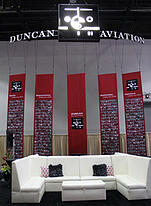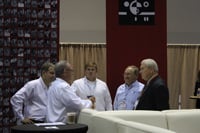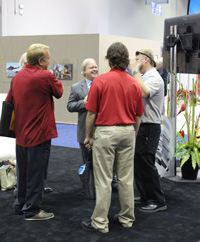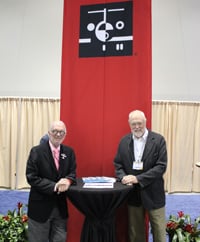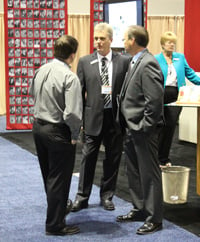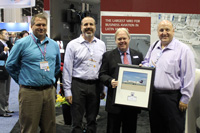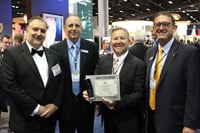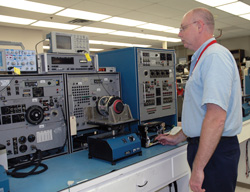
Randy Bauer troubleshoots a gyro.
No one in the aviation industry likes to see an instrument or piece of avionics equipment labeled as No Fault Found (NFF).
Equipment is labeled NFF when the squawk it is sent in for cannot be duplicated in the repair bench environment. Additionally, many problems with avionics equipment and instruments are intermittent; the equipment doesn’t fail outright, it just periodically stops performing as needed. That makes diagnosis even more difficult.
So what do you do when your unit is returned with the ambiguous label NFF? Well you can buy a new unit (potentially expensive) or send it to another shop for a second opinion (could get NFF again).
10-25 percent of the components that Duncan Aviation’s avionics / instrument shop receives are labeled NFF at a different shop.
So just how does Duncan Aviation tackle these diagnostic dilemmas?
Experience Saves Money
There are hundreds of years’ worth of experience among the technicians working on gyros, weather radar, antennas, autopilot equipment, and navigation/communications systems sent to Duncan Aviation.
It is because of this experience Duncan Aviation is known for its ability to resolve NFF problems. Because Duncan Aviation technicians are assigned to dedicated stations and work all day, every day, on the same types of components and instruments, they become familiar with even the most uncommon problems and failures.
Randy Bauer has worked at Duncan Aviation for 25 years. As a Gyro Team Leader, Randy explains that a faulty gyro could cause wing rock. However, determining what’s wrong in a gyro isn’t that easy. “In the vertical gyro, wing rock may be caused by defective gimbal bearings, low liquid level, or free drift rates. And in rare instances, the directional gyro could cause the same wing rock discrepancy if it has defective gimbal bearings or if the free drift rates don’t conform to specifications.”
Instrument Master Technician Ed McCranie has been with Duncan Aviation for 37 years. He specializes in repair and overhaul of attitude indicators. Some of these indicators have a new replacement cost of up to $40,000, so repair is preferred. The motors used to drive the attitude and command displays in some attitude director indicator models have intermittent failures. If the motor fails just once every 300 cycles, that would prevent it from being acceptable for continued service. These parts are carefully inspected to minimize the chance of in-flight failures.
Environmental Testing
Duncan Aviation’s Avionics and Instrument Shop uses chambers that simulate the temperature extremes equipment experiences in flight. For instance, a weather radar antenna in an aircraft’s nose cone may experience 100-degree temperature swings from ground to altitude. To duplicate and diagnose problems, Duncan’s chamber can re-create those extremes (-40C to +70C).
In addition, the shop houses an altitude chamber to simulate the changes in altitude and pressure that equipment undergoes during flight. And a vibration simulation re-creates the shaking and shuddering of an aircraft under various flight conditions.
State-of-the-Art Diagnostic Equipment
Duncan Aviation also invests in the most current tooling and repair manuals. When Team Leader Nic Evans works on autopilot instruments, he uses a Duncan-developed automated test set called Date-1B. Instead of spending eight hours standing and monitoring the diagnostic test on a faulty autopilot, he hooks the unit to a computer for testing. While the tests are running, he’s free to work on other units.
Developed in-house by Duncan Aviation’s Research & Development experts, the test set performs diagnostics and produces an analysis that technicians use to pinpoint the problem. A major benefit of this automation is that it allows technicians to repeat lengthy tests many times in an attempt to duplicate intermittent problems that would normally take days to find, making this not only more cost effective but creating a higher probability that the fault will be identified.
Narrow the Field
Duncan Aviation has four avionics/instrument tech reps who provide support for the shop by speaking directly to customers to help troubleshoot problems.
When a part or unit arrives with a tag that simply says, ‘broken’ or ‘doesn’t work’,” it is very difficult for a technician to discern what is wrong. Tech reps will call the customer directly and talk through the problems he or she has been experiencing to help pinpoint the source of the malfunction.
Sometimes after talking with the customer, it is discovered the unit may not be the source of the problem. Troubleshooting with the customer is an important step that helps ensure the customer do not waste money sending in the wrong boxes.
Up to the Challenge
Locating the true nature of problems with avionics and instrument equipment is not always easy. The technicians at Duncan Aviation go to great lengths using experience, knowledge, environmental and diagnostic testing equipment and sheer determination to find solutions to components problems and save customers time, money and frustration.
Duncan Intelligence
Duncan Aviation produces a free, technical newsletter for business aircraft owners and operators. The Duncan Intelligence is written in-house by Duncan Aviation's technical representatives. Each edition includes technical tips and advice on topics and trends in business aviation. It is a free, monthly e-mail subscription for aviation enthusiasts around the world.
Read the latest Duncan Intelligence here.
Now sign up to receive the Duncan Intelligence in your in-box and never miss an issue.

-1.jpg?width=250&name=photo_(Small)-1.jpg)





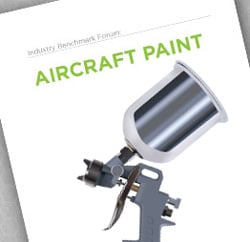

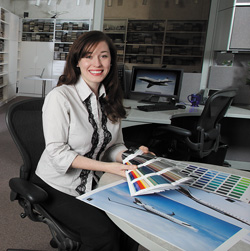
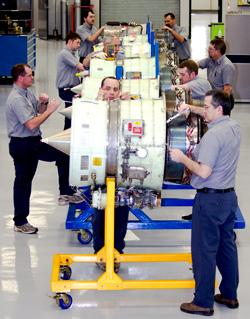
jpg.jpg)
.jpg)


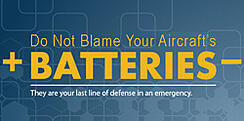
.jpg?width=185&height=123&name=IMG_5833_(Mobile).jpg)
.jpg?width=185&name=IMG_5816_(Mobile).jpg)
.jpg?width=185&name=IMG_5830_(Mobile).jpg)
.jpg?width=185&name=IMG_5835_(Mobile).jpg)
.jpg?width=185&name=IMG_5889_(Mobile).jpg)
.jpg?width=185&name=IMG_5957_(Mobile).jpg)
.jpg?width=185&name=IMG_6012_(Mobile).jpg)
.jpg?width=185&name=IMG_6022_(Mobile).jpg)
.jpg?width=185&name=IMG_6042_(Mobile).jpg)
-1.jpg?width=554&name=photo_(Small)-1.jpg)

